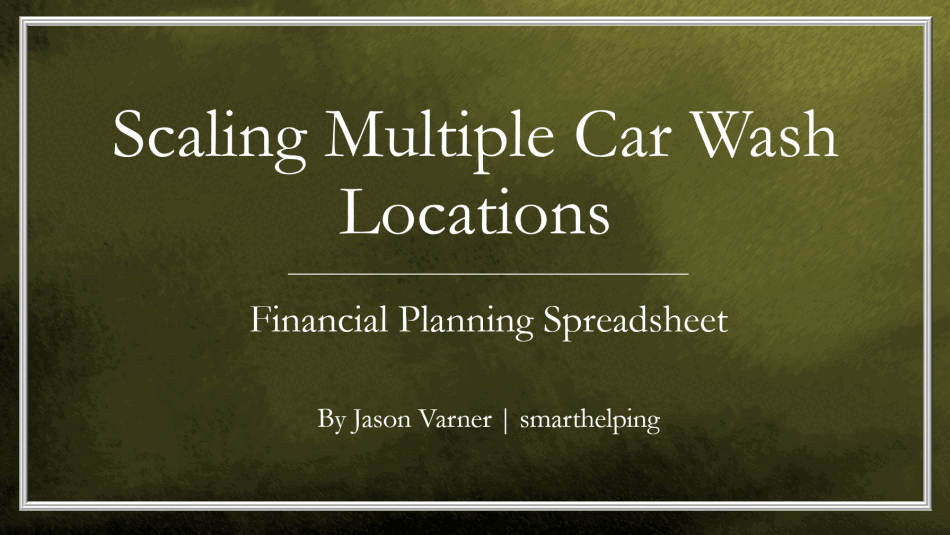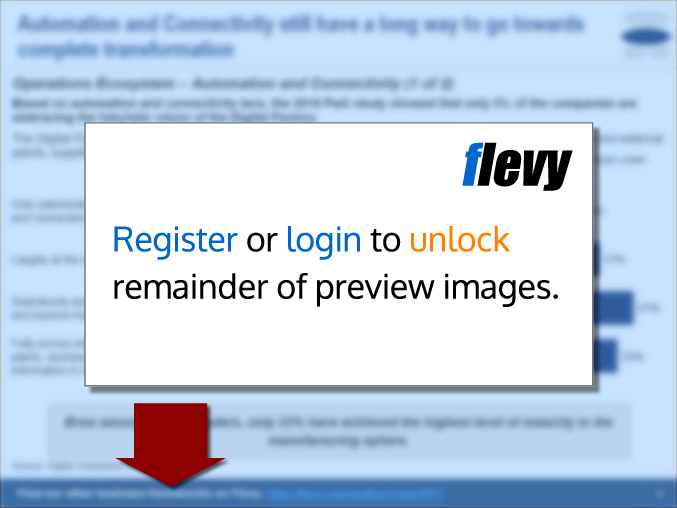Scaling Car Wash Locations: 10-Year Financial Model (Excel XLSX)
Excel (XLSX)
VIDEO DEMO
BENEFITS OF THIS EXCEL DOCUMENT
- Model credible investor returns--IRR, ROI, and equity multiple--using a minimum‑equity solve and a fully integrated 3‑statement model that updates as assumptions change.
- Models new developments and acquisitions side‑by‑side with dynamic financing, revealing what can be self‑funded versus what requires debt.
- Instantly shows how much cash and debt you'll need and when, with DSCR and bank‑ready schedules to support financing decisions.
INTEGRATED FINANCIAL MODEL EXCEL DESCRIPTION
This model is built to plan and evaluate a multi‑site car wash rollout over time, with the flexibility to scale at your preferred pace. You can configure two distinct location types—new developments and acquisitions—and schedule when each cohort starts. The structure is geared toward investor and lender review: timing assumptions make clear how much cash and/or debt is required, precisely when it's needed, and what kind of returns are achievable under your plan.
Across a horizon of up to ten years, the engine works in monthly cohorts. For each month you define how many developments and how many acquisitions begin, and the model applies a dynamic capex schedule to those cohorts—separating costs that are subject to financing from costs that are not. Financing mechanics are tailored to the path you choose: new developments can use an interest‑only construction facility that converts to permanent debt, while acquisitions utilize a standard mortgage‑style loan. Debt service and balances flow through automatically so you can see the impact of pace, leverage, and timing on cash needs.
Revenue is modeled from two primary streams—single‑use washes and memberships—so you can reflect both ticket economics and recurring revenue. Operating costs scale naturally with growth: variable costs accrue per car, and fixed costs apply per location, expanding as site counts rise. The workbook includes a fully integrated three‑statement model (monthly and annual income statement, balance sheet, and cash flow statement), and it updates in real time as you change assumptions. A Debt Service Coverage Ratio is calculated to help you test lender thresholds, and a set of charts surfaces KPIs such as average revenue and cost per car and per location.
A monthly cash‑flow build‑up makes the trade‑offs of growth explicit. You can see how much of new site development can be funded from operating profits versus new financing, based on the timing of openings and the maturity of existing locations. The percentage of development and acquisition costs you finance meaningfully shifts the minimum equity required; dialing those inputs up or down shows how quickly you can expand without overextending liquidity.
Returns are handled with pragmatic, investor‑grade logic. The model solves for minimum equity by tracking the absolute lowest cumulative cash position reached over the plan and treating that as the capital requirement. IRR is then calculated on the basis that this amount is invested up front, and only positive cash flows above that minimum cash threshold are considered distributable. Results roll up to clear investor/owner summaries—including IRR, ROI, and equity multiple—so you can communicate the plan's economics with confidence.
Got a question about the product? Email us at support@flevy.com or ask the author directly by using the "Ask the Author a Question" form. If you cannot view the preview above this document description, go here to view the large preview instead.
Source: Best Practices in Integrated Financial Model Excel: Scaling Car Wash Locations: 10-Year Financial Model Excel (XLSX) Spreadsheet, Jason Varner | SmartHelping
This document is available as part of the following discounted bundle(s):
Save %!
Industry-specific Financial Models (40+)
This bundle contains 67 total documents. See all the documents to the right.









